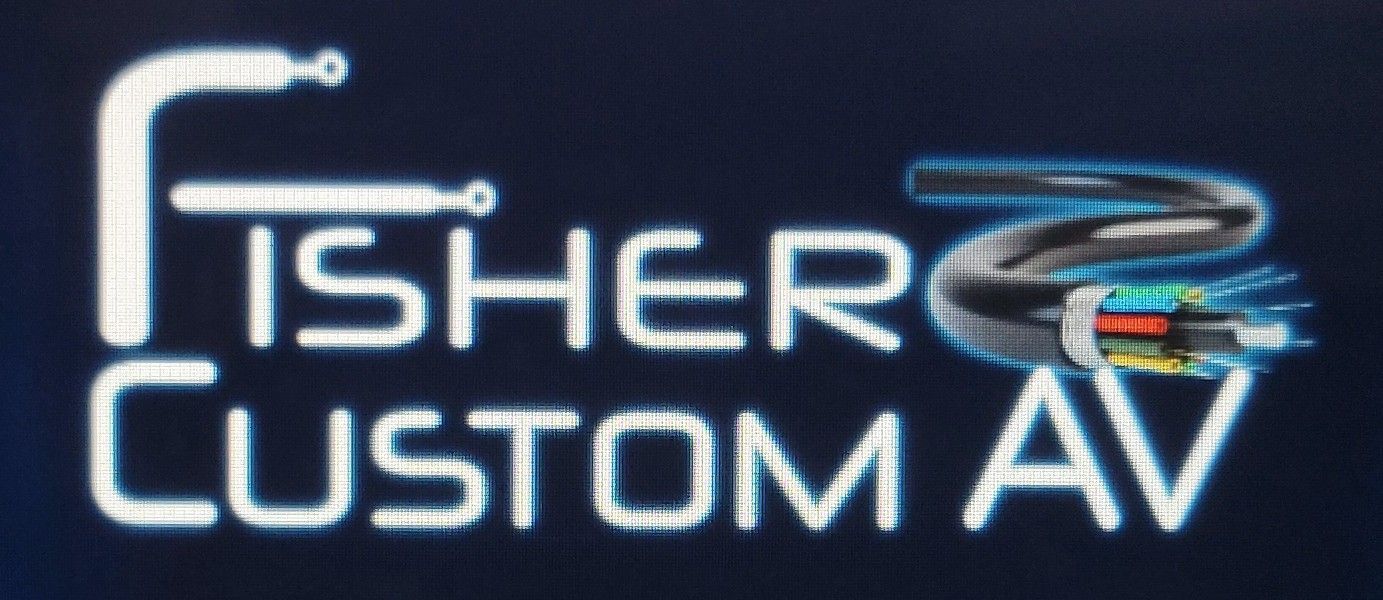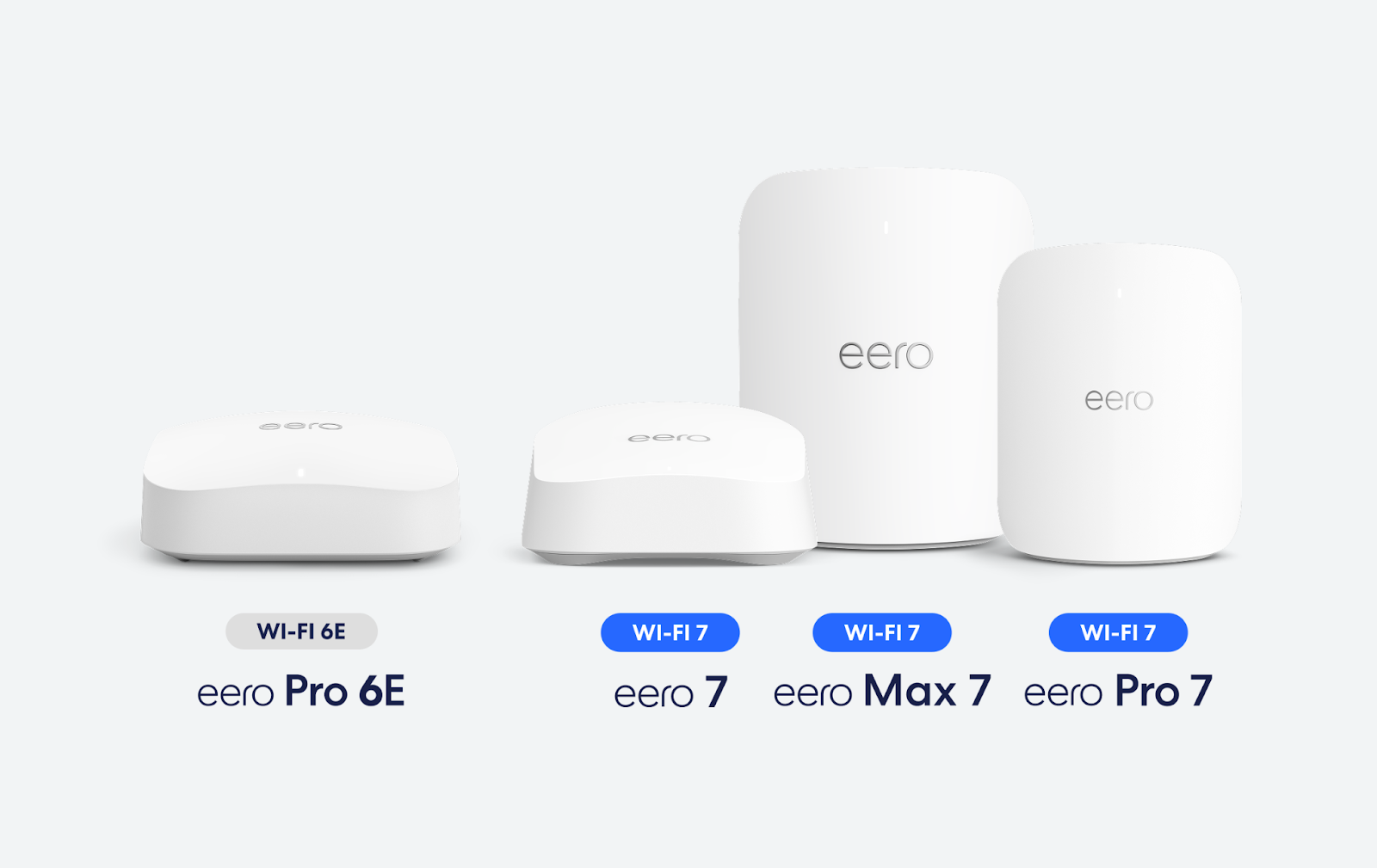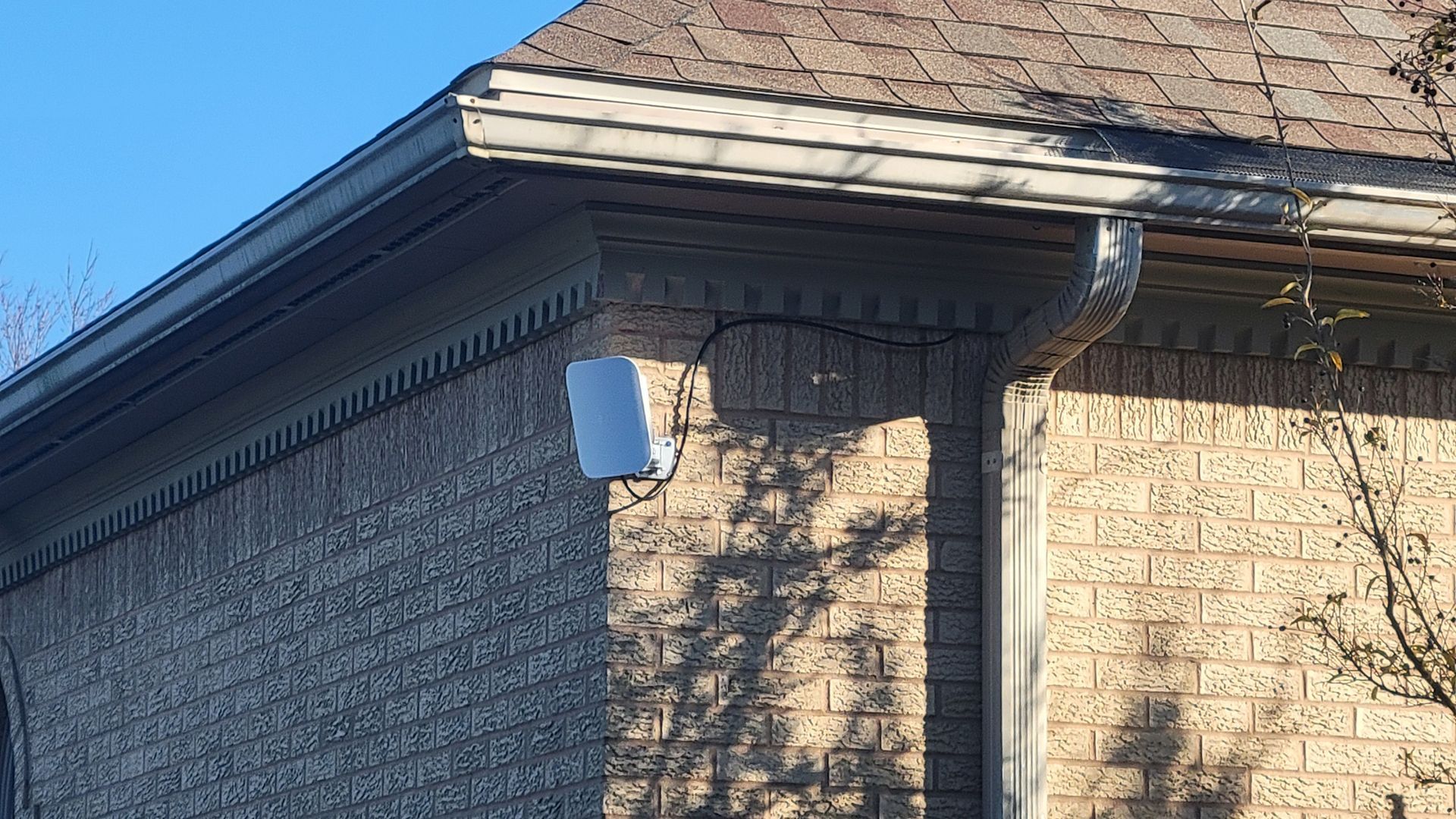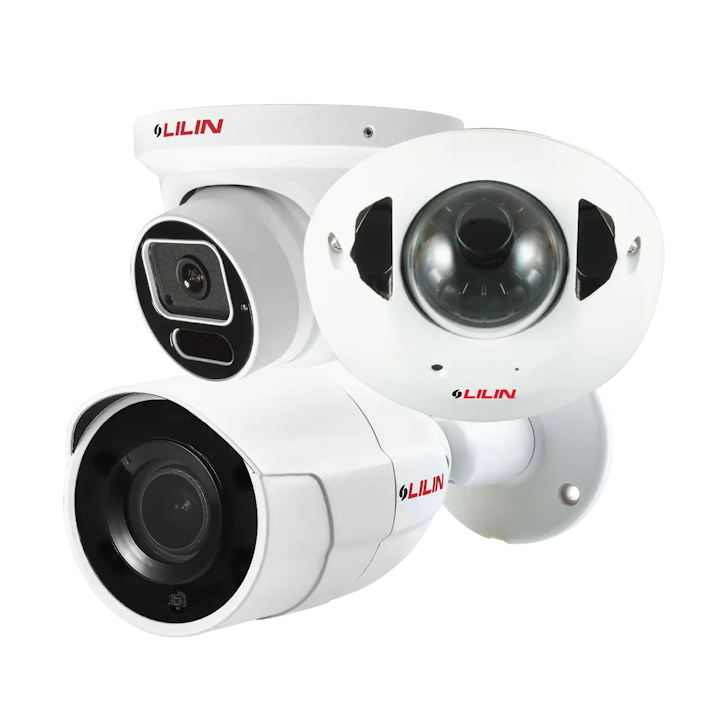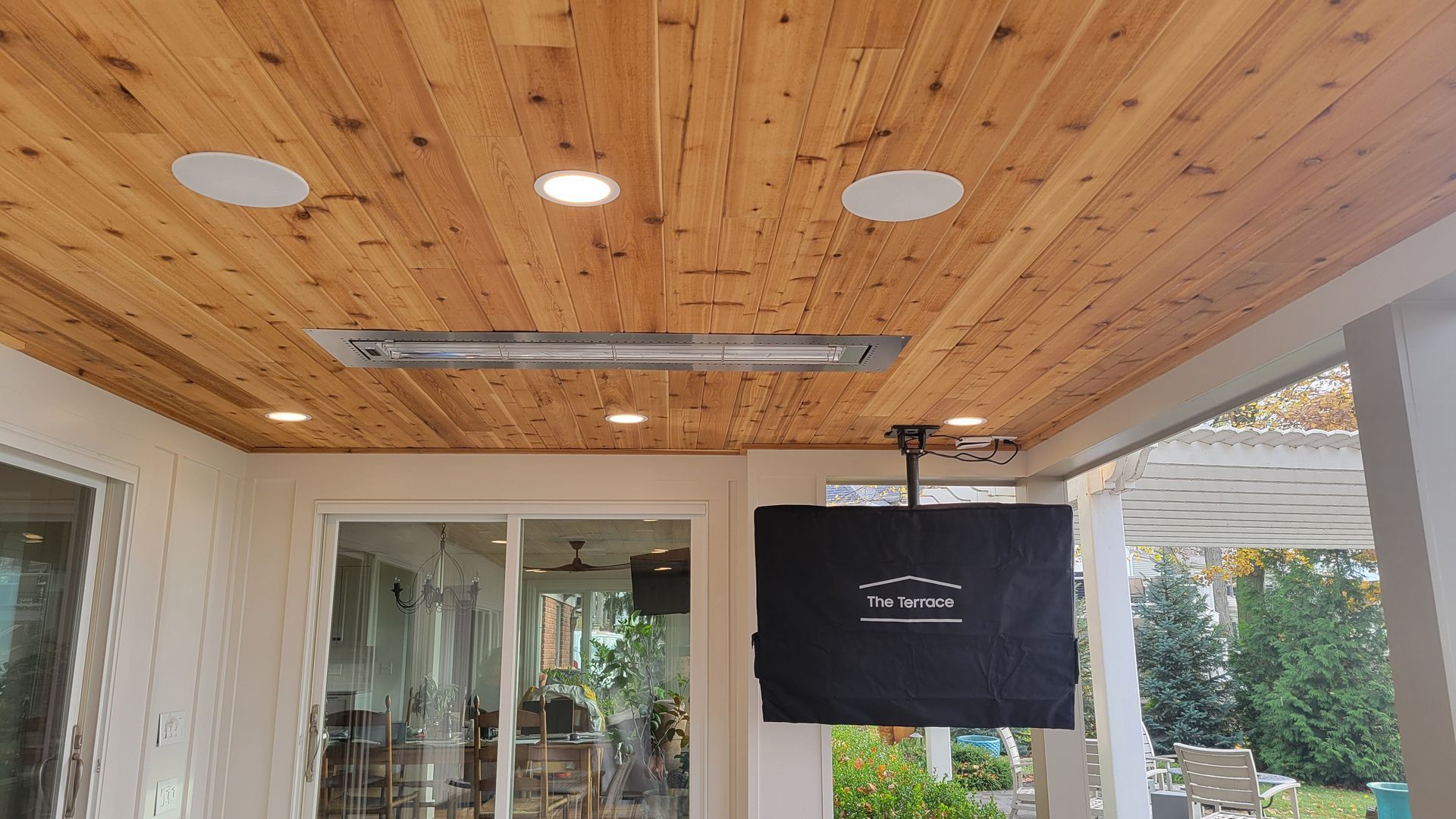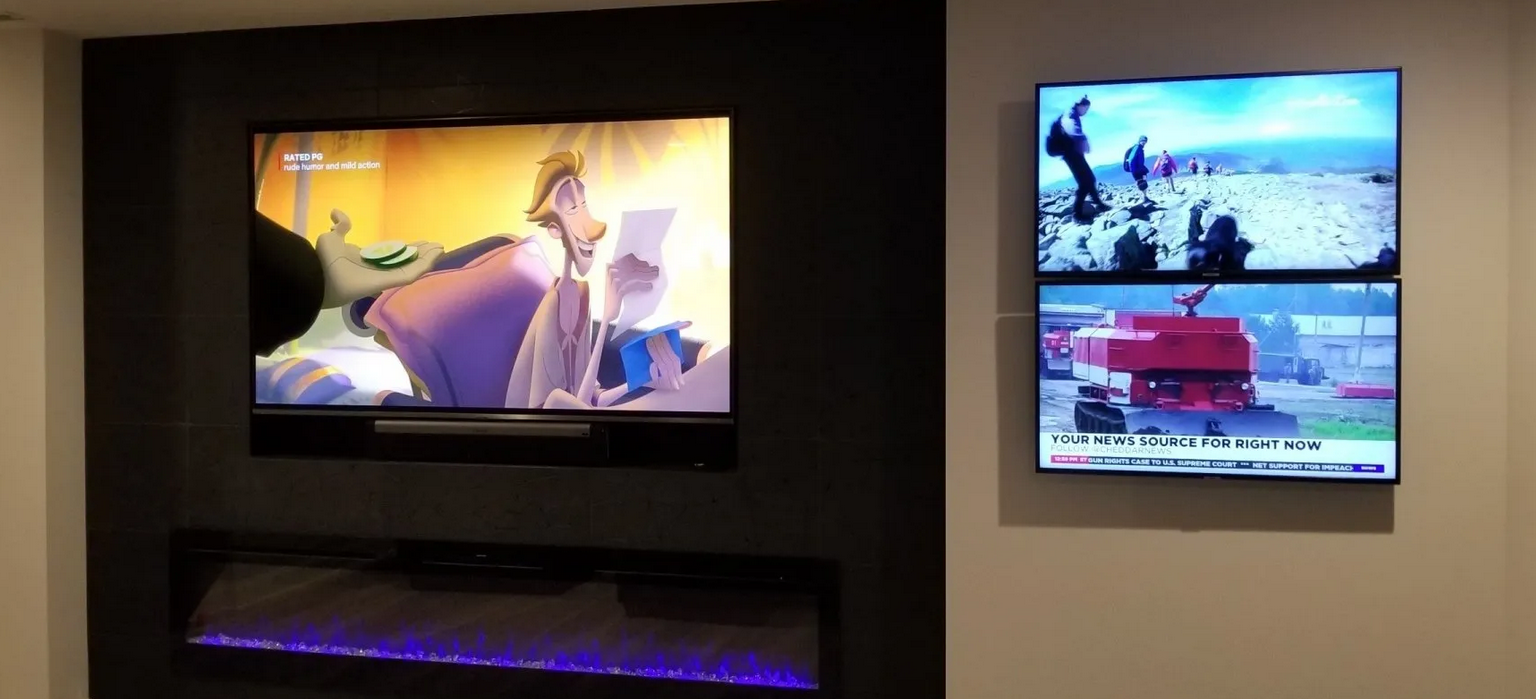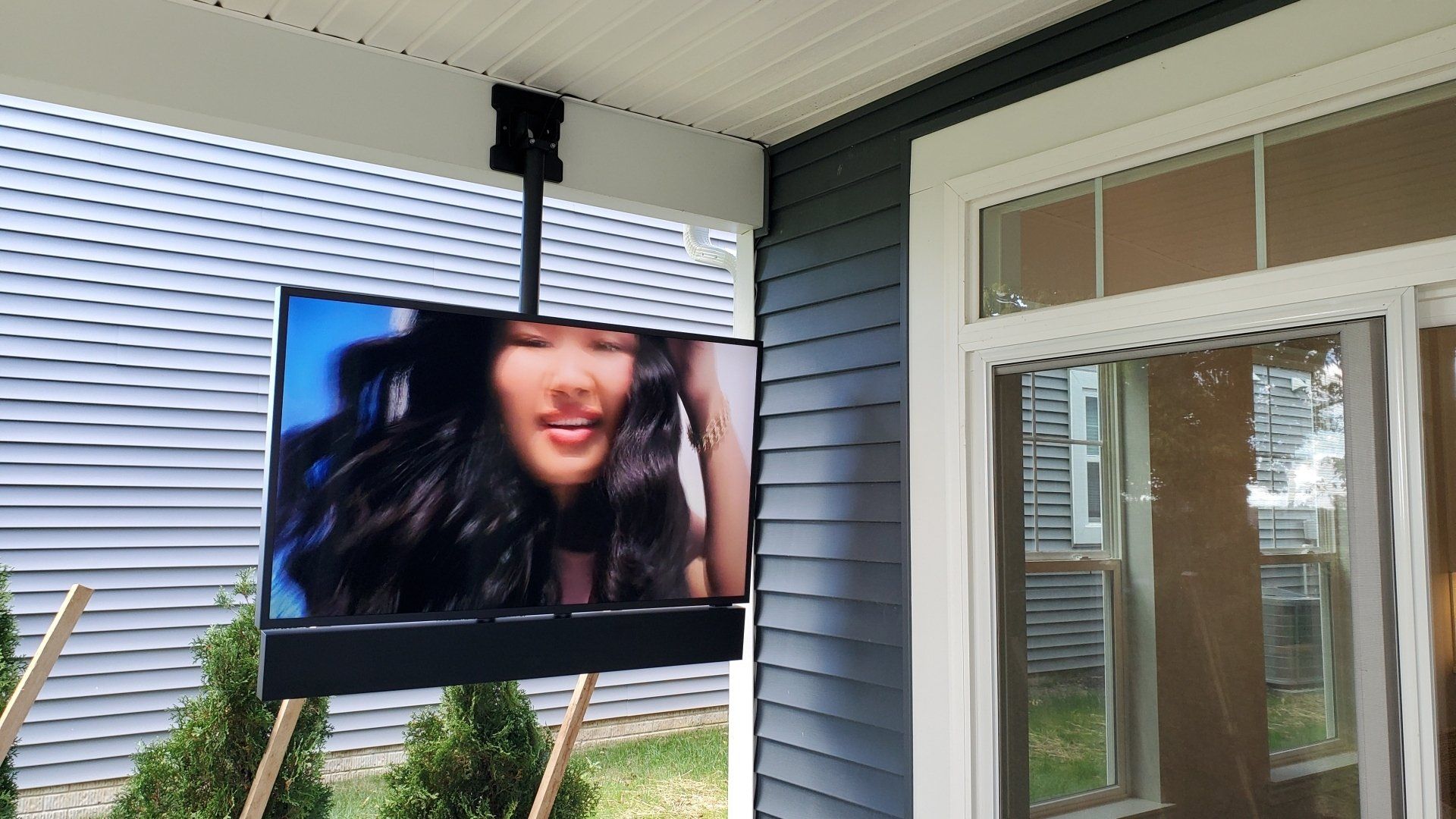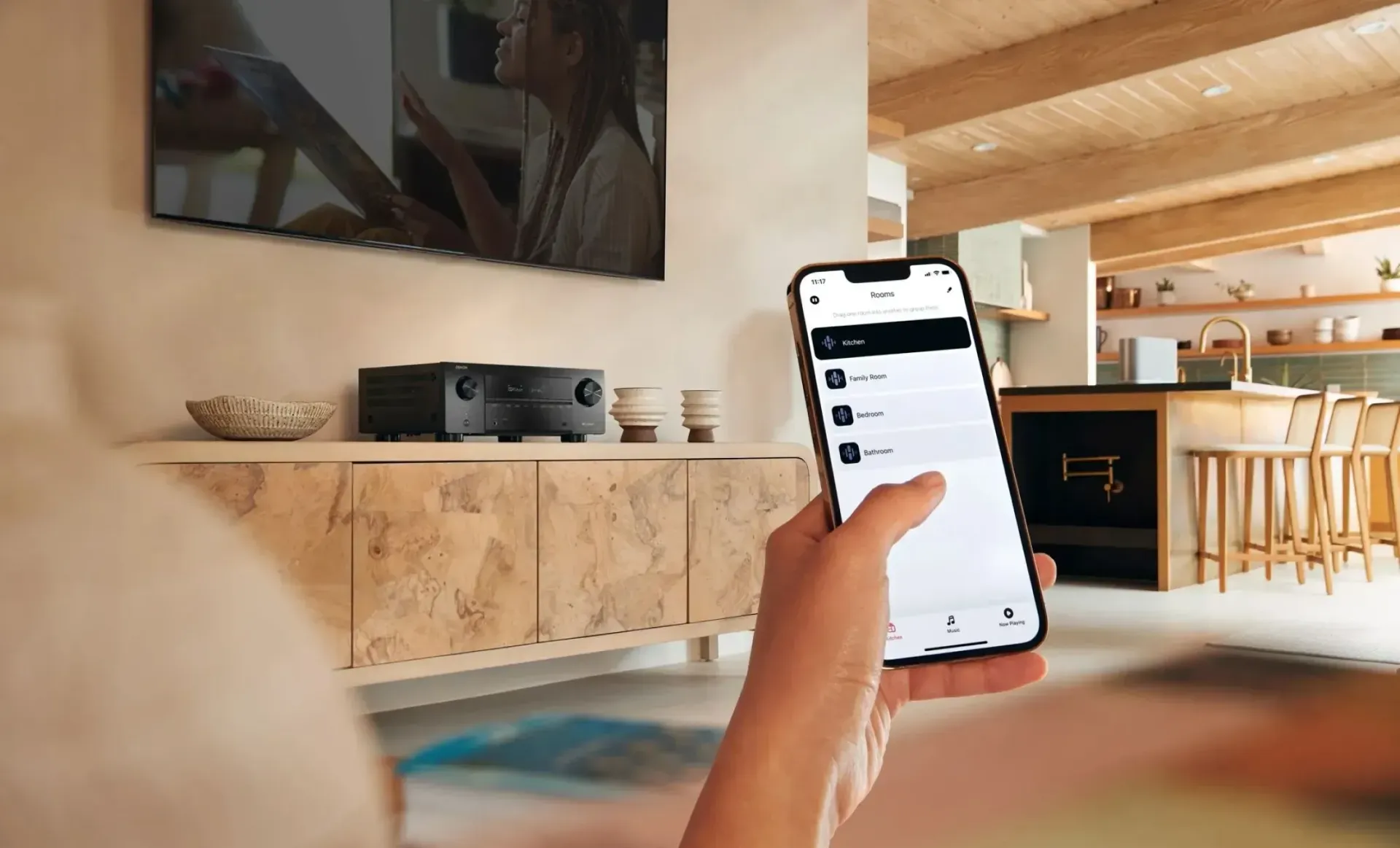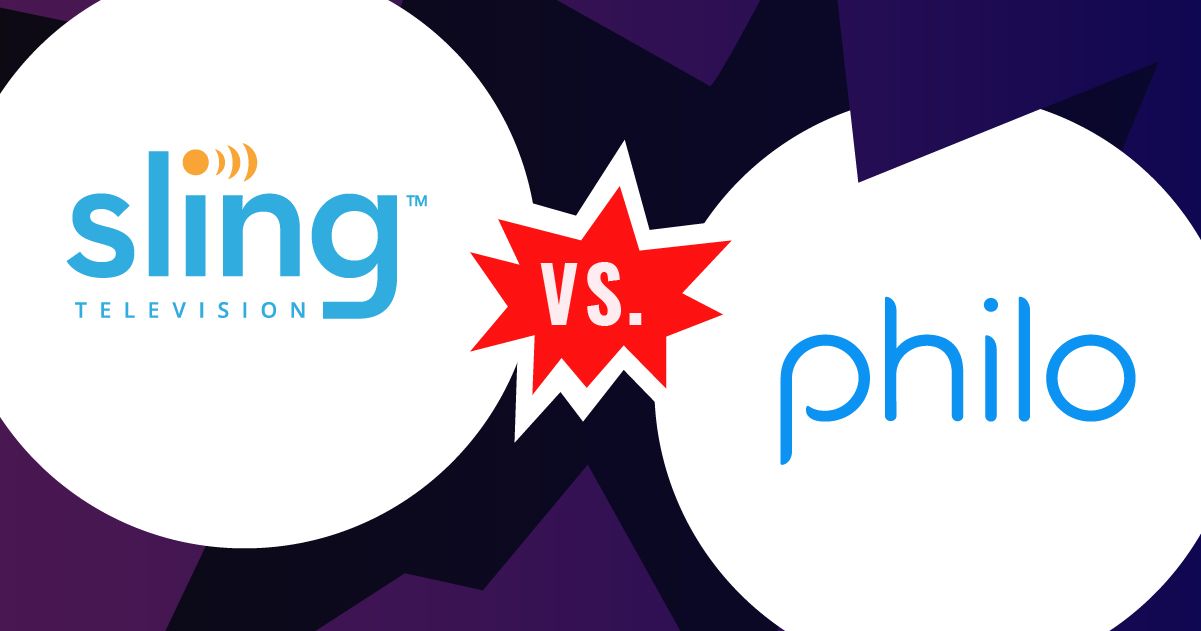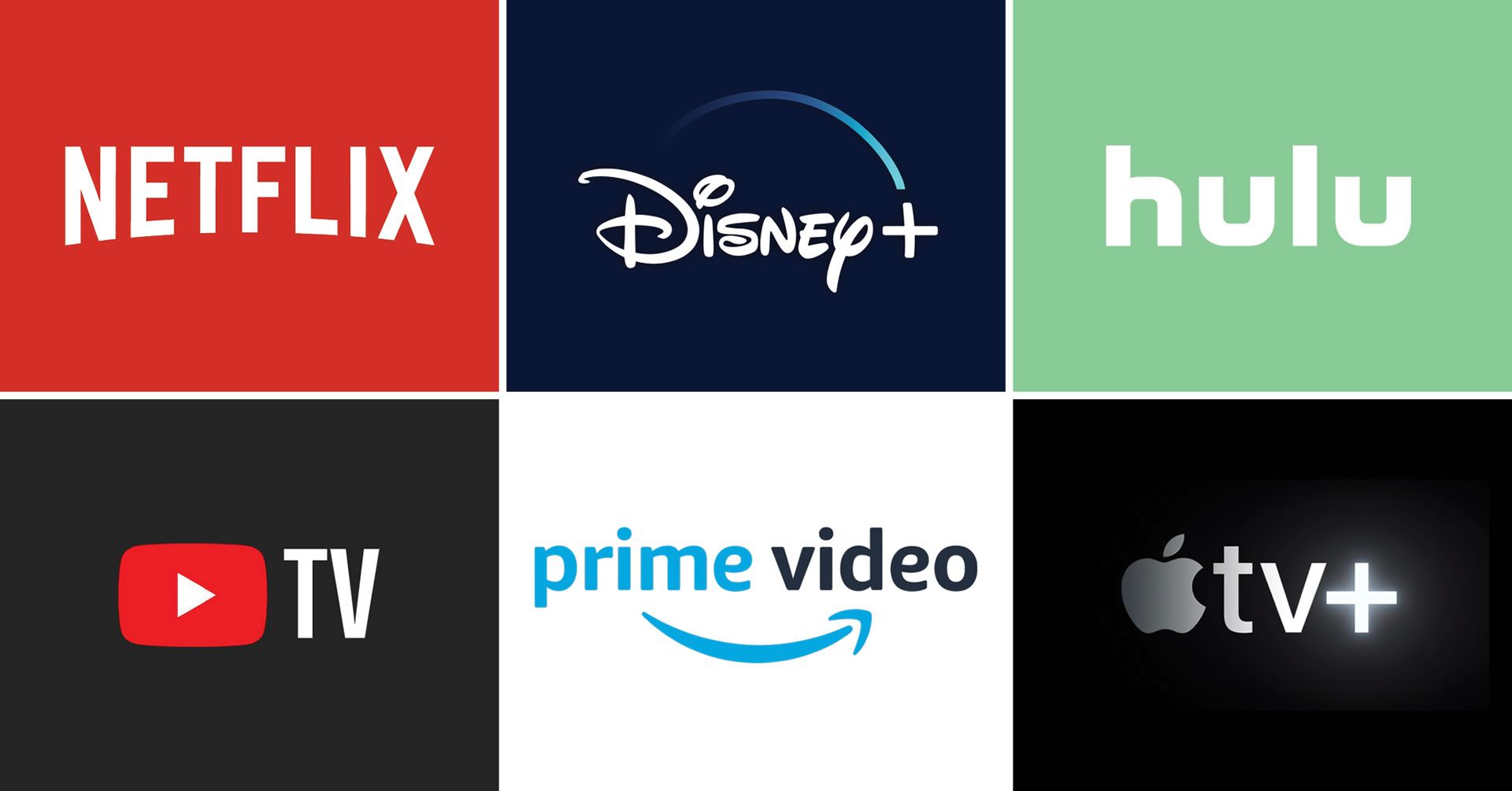Are improvements on the way for antenna picture quality & reception?
Watching TV with your antenna (aka cord cutting) is a popular thing and the signal is free. Goodbye to monthly cable/satellite and streaming fees. Keep in mind I am not referring to streaming TV services using apps, but instead TV of the old days where you used an antenna to get your TV from nearby cities. This would provide you with the local TV stations that your nearby big cities provide. Well the old days are becoming popular again. More TV channels continue to be added and who doesn't love that it's free.
But for people living on or past the outskirts of big cities, digital antenna reception has been...sketchy at best. I am referring to those who live at least 30 miles and up to 60 or more miles from big cities. Back in the analog days of antenna reception before around 2009 and digital transmission, people 40 - 60 miles sometimes had better reception than they do now. Yes it was a bit snowy, however they could still at least see something. With digital, HD and 4K antenna signal you either see it or you don't depending on the signal strength.
If you were to look at north central Ohio and the Norwalk and Sandusky areas, we are right in the middle of Toledo and Cleveland. There is a distance of about 50 - 60 miles to the TV stations towers depending on your location. Because of this distance the digital reception can be weak and will pause, pixalize, have the audio cut out, or have no picture. See the picture below for this problem. Perhaps this is an issue with your antenna system. This digital signal uses a standard of ATSC 1.0, and to say the least it can sometimes be sketchy at longer distances.
TV stations are currently working on a transition into the ATSC 3.0 standard also called NextGen TV. This is a different type of transmission which offers 4K picture quality and could allow for better long distance transmission.
Antenna/Video Pixelation
In order to dive into this new NextGen TV also known as ATSC 3.0 we need to learn a little bit about our current digital signal and ATSC 1.o. Our current digital signal (as of March 2021) is ATSC 1.0. Before we had ATSC 1.0 digital signal we used analog signal, providing a clear to snowy picture depending on weather, trees, multipath interference, etc.... (I will get into trees and multipath interference later). This analog signal was NTSC, or National Television System Committee. Think of analog and digital transmission like AM and FM radio. These are different frequencies which require a different tuner to receive them. In the 90s and after technology expanded and we had the capability of sending more channels and doing this digitally.
Thus the ATSC was born, which is Advanced Television System Committee. Between 2005 and 2009 TV stations were changing over to digital transmission and using the ATSC 1.0 signal format. During 2009 most TV stations would stop sending out analog transmission, meaning no more clear to snowy picture. People were starting to buy High Definition TVs and this new digital transmission (ATSC 1.0) could support HD signal up to 1080i. We can now get better signal quality with an antenna and get our main network stations for free. Because TV stations were now sending out a digital signal and not analog, consumers either needed to get digital converter boxes for their existing TVs to work, or replace their TV with a new HDTV.
So we have this new digital transmission using ATSC 1.0 everything is great right?? Not exactly. Yes it was good for people close to big cities say 20 miles or closer. But what about people on the fringes....you know those people 45 - 60 miles away? These locations were good and bad. Channel selection did increase, and picture quality was better. However due to the specifications of ATSC 1.0 and how the signal was transmitted, the signal is fragile to say the least.
On some days certain channels may pixelize or are not there, but other days they work great. This primarily because the digital signal of ATSC 1.o uses 8VSB modulation to transmit channels. This stands for 8 level vestigial sideband modulation. Long story short, this was probably not the best type of transmission to use mainly for those out away from big cities. If you look at this information from wikipedia, it talks about this 8VSB signal and the new ATSC 3.o signal which will be OFDM or orthogonal frequency division modulation. Okay enough of the technical jargon, but that is relevant to our signal issues. These types of signals are mentioned because the ATSC 3.0 claims to have better transmission for longer distances, and performs better with multipath interference.
Okay what is multipath interference? With antenna signal multipath interference is when an antenna picks up the main signal from a broadcast tower, but then picks up an out of sync secondary signal. Think of this as the same signal hitting your antenna at different times, thus causing interference and problems. Common things that can cause this are anything being in the way of your signal.
Examples would be signal bouncing off a nearby building, cars, trees (mainly leaves), wind, airplanes etc.. So two advantages of ATSC 3.0 or nextgen TV are: 1) It should perform better with multipath interference. 2) Because of the different type of transmission (OFDM) it may have better signal at longer distances. This could be great news for those of us living 40 - 60 miles from big cities....aka north central Ohio. We may be able to significantly improve our antenna reception with this new type of transmission.
You can find what cities TV stations currently transmit in ATSC 3.0 and when other cities are expected to add this on the
nextgenTV website. If we look at Ohio, as of December 2021, Columbus & Cincinnati transmit some channels in ATSC 3.0. Cleveland shows us it is coming soon. This is most likely due to many factors such as agreements, equipment, cost, and so on. What are all the advantages of ATSC 3.0? Let's take a look:
List of Services
-
4K TV Broadcast Write a description for this list item and include information that will interest site visitors. For example, you may want to describe a team member's experience, what makes a product special, or a unique service that you offer.
List Item 1 -
4K HDR Write a description for this list item and include information that will interest site visitors. For example, you may want to describe a team member's experience, what makes a product special, or a unique service that you offer.
List Item 3 -
On Demand Content Write a description for this list item and include information that will interest site visitors. For example, you may want to describe a team member's experience, what makes a product special, or a unique service that you offer.
List Item 2 -
Custom Advertising for Demographics Write a description for this list item and include information that will interest site visitors. For example, you may want to describe a team member's experience, what makes a product special, or a unique service that you offer.
List Item 4 -
Farther TV Reception Write a description for this list item and include information that will interest site visitors. For example, you may want to describe a team member's experience, what makes a product special, or a unique service that you offer.
-
Dolby AC-4 - Supporting Dolby Atmos Write a description for this list item and include information that will interest site visitors. For example, you may want to describe a team member's experience, what makes a product special, or a unique service that you offer.
Going over these advantages we can see ATSC 3.0 will offer 4K TV, 4K HDR, Dolby Atmos, farther TV reception, and an interesting one would be custom advertising for demographics. Currently TV stations send out the same commercial to their whole audience. With this new transmission they will now be able to offer custom and different advertisements based on shows and those who watch it. There may also be on demand and interactive content. This would be web based and require an internet connection for these features. Take a look at this video below describing more about these items.
You may be wondering if you will need a new TV, will my existing antenna work, and lots of other questions. Some people may ask do I have to do this? No, it will not be required that you upgrade to ATSC 3.0 when your local TV station starts offering ATSC 3.0. You can continue using your existing ATSC 1.0 digital signal. TV stations are voluntarily switching to ATSC 3.0 and are required to still offer ATSC 1.0 signal for at least 5 years after they switch. This is also mentioned on the Q&A below. Take a look below at some common questions people may have about this. If you have additional questions, don't hesitate to contact us. You can also call or text us at 419.668.5131. We will do our best to offer antennas, converter boxes, and some installations as we transition into ATSC 3.0.
As an update (May 2023, and in the Q&A below), we are starting to see ATSC 3.0 signal being encoded with DRM. Please read our blog article here for more information on this. As with any new service or format, ATSC 3.0 is in it's infancy, so I'm sure there will be more updates as time goes on. Thanks for reading.
ATSC 3.0 Q&A
Here are some common question and answers
